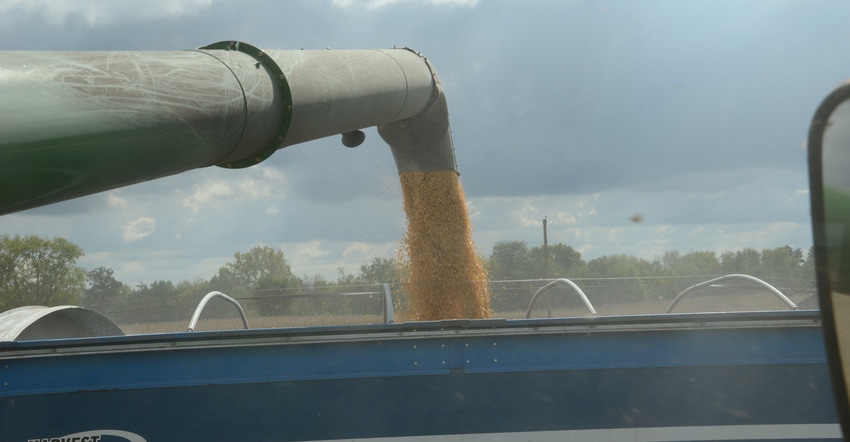November 20, 2018

We’ve studied corn in field trials and farmers’ fields for several years. Corn yields keep going up every year. Can we keep this trend going?
I think we can if Mother Nature keeps cooperating. We have the potential to harvest more than 500 bushels of corn per acre. How can we continue to increase yields economically?
Following are 10 ideas. If you can use even one to boost your yields, my time and yours will have been well spent.
1. Set realistic yield goals. Base yield goals on your soil type, organic matter and historical data. Study yield maps — don’t just shove them in the drawer. Do soil and tissue tests. Fertilize to match your yield goals, and be realistic about your yield potential.
2. Tile fields to improve subsurface drainage. Corn likes well-drained soils. Tiling is expensive, but it pays off in the long run.
3. Use minimum or no-till, especially on erodible land. Less tillage conserves moisture loss, reduces soil erosion and improves organic matter content.
4. Plant cover crops. Add organic matter, improve soil tilth, and increase earthworms and microorganism activity with cover crops. My observations have convinced me that you get fewer diseases like anthracnose, diplodia, gibberella and gray leaf spot if you use cover crops. Disease organisms are splashed onto plants from rain hitting the soil surface if there’s no cover. Organic matter from cover crops also provides an extra layer of protection, even if you rotate.
5. Maintain proper levels of key nutrients. Apply adequate phosphate and potash fertilizer. Check micronutrient deficiency or toxicity for zinc, manganese, sulfur and more. Take credit for nitrogen from a previous soybean crop. Use starter fertilizer, especially if you plant early and in no-till or minimum tillage systems. Split nitrogen applications when possible. Last year in the Corn Watch ’18 field, we discovered that in a high-yielding environment, plants can run out of nitrogen, with N deficiency showing up in the top leaves. This can affect kernel depth and size.
6. Balance soil pH. The ideal pH for corn is 6.0 to 6.5. If you’re going to vary rates, do it with lime first. Besides liming, dig roots to learn about your tillage practices. Improve soil tilth, use cover crops and add organic matter. Use manure, if available.
7. Reduce soil compaction. Make fewer trips across fields and avoid soil compaction. Avoid working wet soils. Match tire widths to minimize rows that get traffic. Most soil compaction damage is done on the first pass than on subsequent passes. Reduce existing soil compaction by “bio-drilling” with forage radish roots as a cover crop.
8. Use crop rotation. Many studies show that corn following soybeans can increase yield by more than 10% vs. continuous corn.
9. Gradually increase plant population every year. Increases should be based on soil type, soil fertility and yield history levels. To increase yields, you need to increase number, size and weight of kernels. Fixed- eared, shorter hybrids with excellent stalks and disease-resistant hybrids with high test weight would respond to higher populations.
10. Plant consistent performers. Don’t go whole hog on a hybrid you hear about or see just once during summer. Base your hybrid selection on multiple-year and multiple-location tests in your area. Select genetically different hybrids.
Nanda is president of Agronomic Crops Consultants LLC. Email him at [email protected] or call 317-910-9876.
About the Author(s)
You May Also Like






